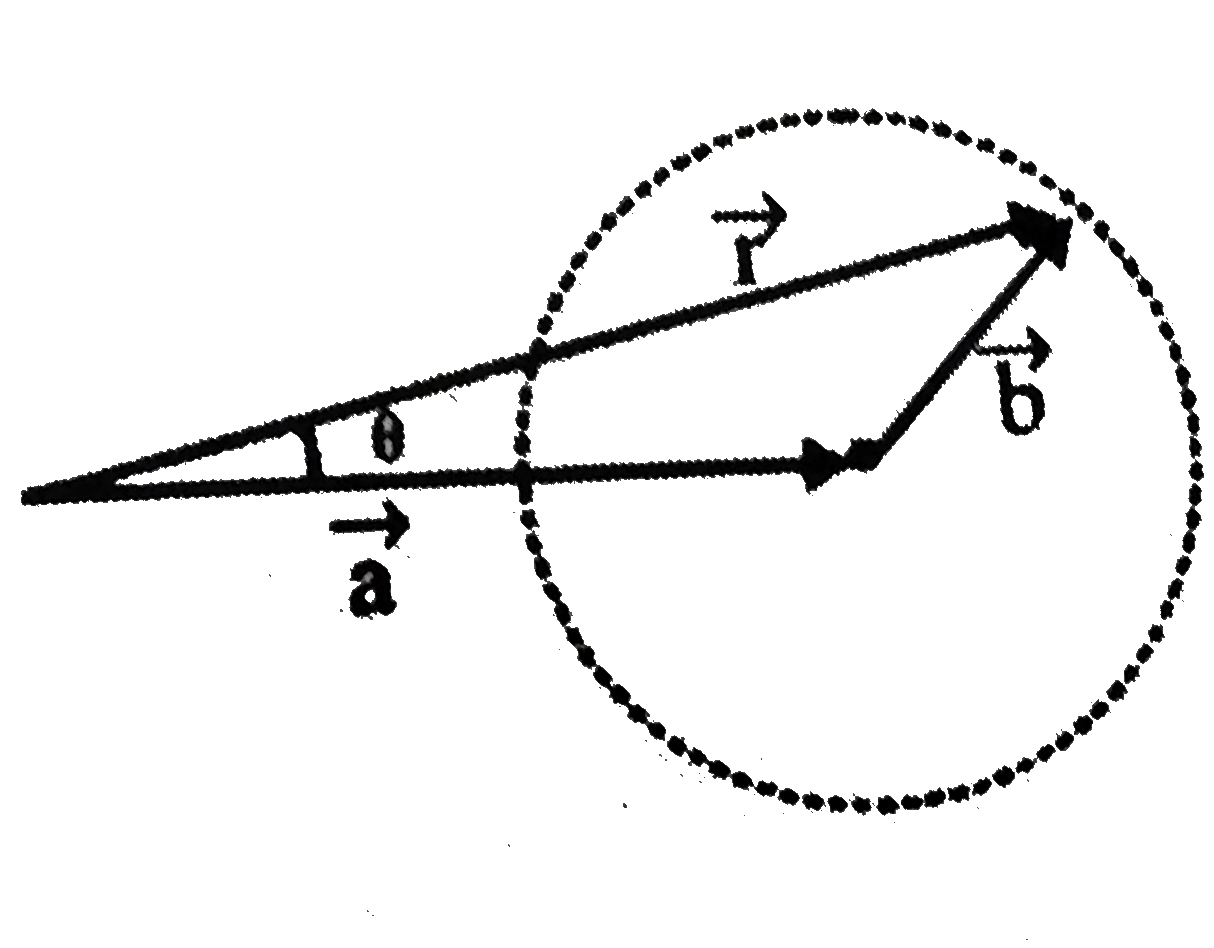Which of the following quantities are always zero in a S.H.M. ? Here, →r,→υand →a represent amplitude, velocity and acceleration vectore.
→r×→υ
→r×→a
→a×→F
→r×→F
The correct Answer is:A, B, C, D
act along the same straight line either in the same direction of in opposite direction. So angle between each two vectors, i.e.,θ is either zero of 180∘0 and sin 180∘0 both are zero.
Topper's Solved these Questions
- OSCILLATIONS AND WAVESBOOK - PRADEEPCHAPTER - OSCILLATIONS AND WAVESEXERCISE - integer type question
8 Videos
- OSCILLATIONS AND WAVESBOOK - PRADEEPCHAPTER - OSCILLATIONS AND WAVESEXERCISE - Assertion-Reason Type Questions
23 Videos
- OSCILLATIONS AND WAVESBOOK - PRADEEPCHAPTER - OSCILLATIONS AND WAVESEXERCISE - Multiple Choice Question-II
14 Videos
- MATHEMATICAL TOOLSBOOK - PRADEEPCHAPTER - MATHEMATICAL TOOLSEXERCISE - Fill in the blanks
5 Videos
- PHYSICAL WORLD AND MEASUREMENTBOOK - PRADEEPCHAPTER - PHYSICAL WORLD AND MEASUREMENTEXERCISE - Competiton Focus Jee Medical Entrance
18 Videos
Similar Questions
If →a,→b,→c,→d are non-zero, non collinear vectors and if (→ax→b)x(→cx→d).→ax→d=0 , then which of the following is always true. →a,→b,→c,→d are necessarily coplanar either →a or →d must lie in the plane of →b and →c either →b or →c must lie in plane of →a and →d either →a or →b must lie in plane of →c and →d
View SolutionWhich of the following statement(s) is/are correct If →a,→b,→c are non-coplanar and →d is any vector, then [→d→b→c]→a+[→d→c→a]→b+[→d→a→b]→c−[→a→b→c]→d=→0
View Solution
Knowledge Check
Which of the following relations are always true ?
→v= velocity, →a= acceleration, K=12mv2= Kinetic energyAdKdt=m→v.→aBd|→v|dt=→a.→v|→v|Cd|→v|dt=∣∣∣d→adt∣∣∣D|Δ→v|=∣∣ ∣ ∣∣t2∫t1→adt∣∣ ∣ ∣∣Which one of the following is correct ? If the vector →c is normal to the vectors →aand→b, then →c, is :
Aparallel to both →a+→band→a−→bB→a−→band parallel to →a+→bCnormal to →a+→b and parallel to →a−→bDnormal to both →a+→band→a−→bKeeping one vector constant, if direction of other to be added in the first vector is changed continuously, tip of the resultant vector describes a circles, In the following figure vector →a is kept constant. When vector →b addede to →a changes its direction, the tip of the resultant vector →r=→a+→b describes circles of radius b with its centre at the tip of vector →a. Maximum angle between vector →a and the resultant →r=→a+→b is
 Atan−1(br)Btan−1(b√a2−b2)Ccos−1(r/a)Dcos−1(a/r)
Atan−1(br)Btan−1(b√a2−b2)Ccos−1(r/a)Dcos−1(a/r)
Solve the following equation for the vector →p;→p×→a+(→p.→b)→c=→b×→c where →a,→b,→c are non zero non coplanar vectors and →a is neither perpendicular to →b non to →c hence show that ⎛⎜ ⎜⎝→p×→a+[→a→b→c]→a⋅→c→c⎞⎟ ⎟⎠ is perpendicular →b−→c.
View SolutionA particle performs SHM along a straight line and its position is →R, acceleration is →a, velocity is →v is and force on particle is →f. Then which of the following statement are true?
(i) →v.→a is always + ve
(ii) →v.→R may be -ve
(iii) →f.→R is always -ve
(iv) →v is parallel to →f sometimes
View SolutionIf →F is force vector, →v is velocity , →a is acceleration vector and →r vector is displacement vector w.r.t. mean position than which of the following quantities are always non-negative in a simple harmonic motion along a straight line ?
View SolutionIf a parallelogram is formed with two sides represented by vector →a and →b, then →a+→b represents the
View SolutionA particle is moving along a circular path. The angular velocity, linear velocity, angular acceleration and centripetal acceleration of the particle at any instant are →ω,→v,→a,→ac respectively. Which of the following relations are correct ?
View Solution
